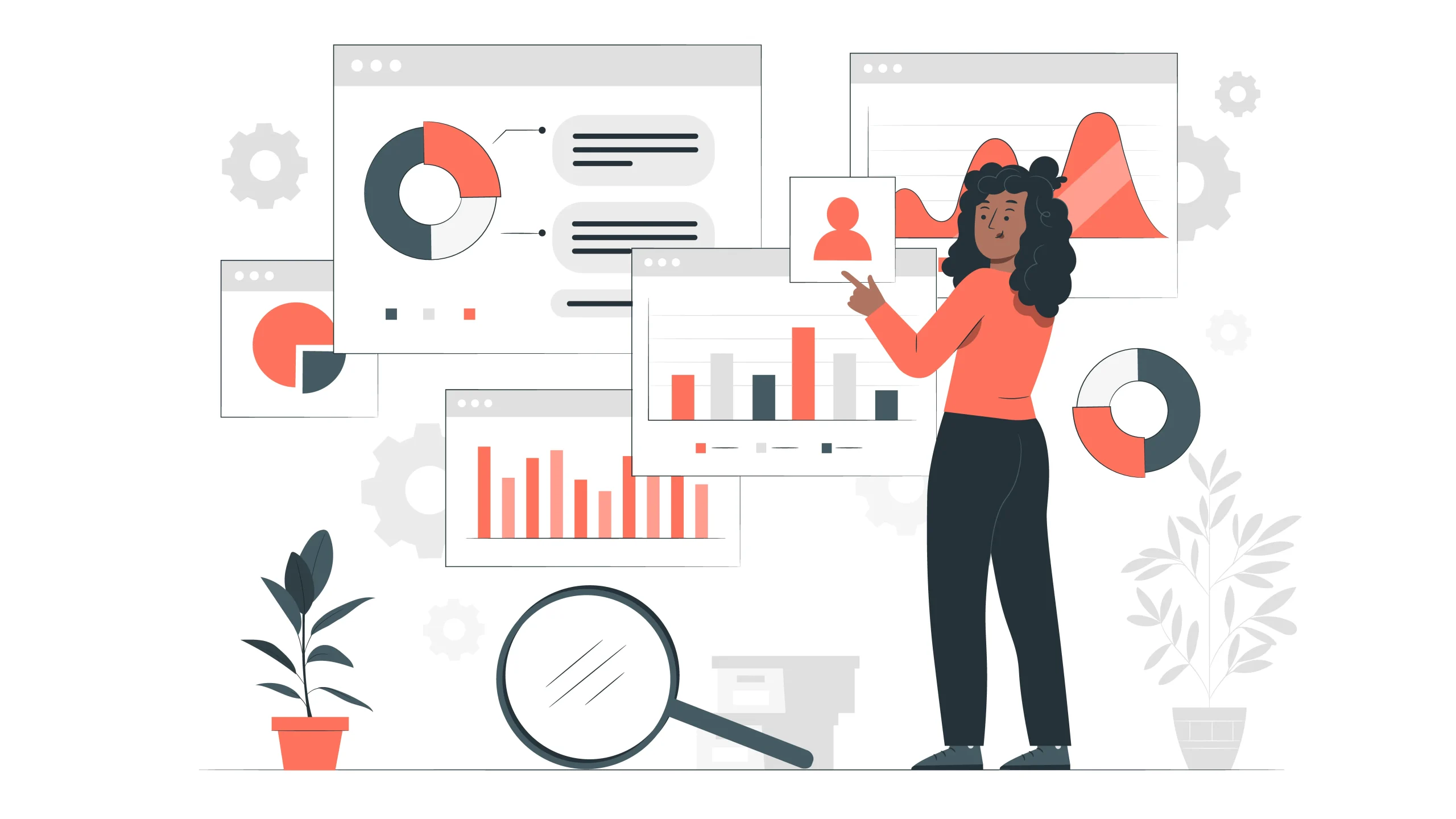Employee retention is a critical component of a business strategy – no company wants to lose its best people! Retaining top talent ensures that a company maintains a competitive edge by leveraging the skills and experience of seasoned employees.
While high turnover rates can be detrimental, disrupting team dynamics and causing knowledge loss, ultimately affecting business continuity and service delivery, strong employee retention not only secures operational stability but also contributes to building a vibrant company culture.
Engaged employees are more likely to collaborate effectively, innovate persistently, and advocate for organisational values, making them indispensable assets.
The cost of turnover
High turnover not only affects morale but also incurs significant financial costs. Recruiting, hiring, and training new employees demand substantial investments of time and resources.
Studies suggest that the cost of replacing an employee can range from 50% to 200% of their annual salary. Beyond the quantifiable costs, turnover can lead to lost productivity as new hires take time to reach full efficiency.
Frequent departures can undermine team confidence and disrupt ongoing projects, leading to setbacks in achieving business objectives.
By focusing on employee retention strategies, companies position themselves to save costs, boost morale, and reinforce commitment to collective success.
In a business landscape where job loyalty is increasingly hard to come by, implementing comprehensive retention strategies is paramount. By recognising the importance of retention, organisations can create supportive environments where employees feel valued and motivated to contribute their best.
Through effective retention measures, businesses not only secure their current workforce but also attract high-calibre talent, fostering a thriving, engaged, and committed workforce.
Role of HR software in employee retention

Employee retention strategies are evolving, and technology is at the forefront of this change.
Modern HR software, like MiHCM, is instrumental in helping businesses not only keep their top talent but also improve overall workforce satisfaction.
By integrating advanced analytics and engagement tools, these digital solutions offer a nuanced understanding and proactive management of employee turnover rates.
Predictive analytics capabilities
Leveraging predictive analytics capabilities can drastically alter how businesses approach employee retention.
HR software can process vast amounts of data to identify patterns and predict potential turnover risks before they materialise.
This proactive approach allows HR professionals to implement targeted strategies tailored to individual needs, whether it’s through enhancements in role satisfaction, assigning mentors, or offering growth opportunities.
Data-driven insights illuminate the factors contributing to employee dissatisfaction and disengagement, enabling swift interventions.
These insights also empower leaders to foster an environment that consistently meets and anticipates employee needs, making retention strategies more effective than ever.
Engagement tools
The role of effective engagement tools within HR software cannot be overstated.
Features such as real-time feedback mechanisms, recognition platforms, and personalised career development pathways encourage an engaged workforce. Such functionalities allow employees to feel valued, enhancing their overall experience and likelihood of staying with the company.
Moreover, these tools facilitate ongoing conversations between employees and managers, fostering a healthy and transparent workplace culture.
Regular check-ins and performance reviews ensure that employees feel heard and their career trajectories are in alignment with their personal aspirations as well as organisational goals.
MiHCM software stands out by offering a cohesive suite of features designed to uplift employee morale and productivity.
From onboarding to offboarding, automated processes ensure seamless transitions, providing a positive experience throughout the employee lifecycle. This comprehensive approach to HR operations solidifies retention efforts by creating a supportive environment conducive to employee satisfaction and long-term loyalty.
By harnessing the power of technology to capture and interpret complex employee data, companies can make informed decisions that strengthen their workforce and enhance organisational competitiveness.
To gauge the effectiveness of employee retention strategies and ensure the initiatives are paying off, businesses must focus on monitoring key metrics and utilising employee feedback effectively. These steps are crucial in fostering an environment where top talent can thrive and grow.
Key Performance Indicators

Key Performance Indicators (KPIs) serve as vital markers in measuring retention success. They help HR professionals to identify patterns and problems before they spiral out of control. Here are some critical KPIs to consider:
- Turnover rate: Measure the percentage of employees who leave your company within a certain period. A high turnover rate can indicate underlying issues such as poor management or lack of engagement.
- Employee satisfaction: Utilise tools like surveys to gauge how satisfied employees are with their roles and the company environment.
- Retention rates by department: Monitoring this can highlight departments that might need more support or where retention strategies are lacking effectiveness.
Using surveys and feedback tools
Regular surveys and feedback tools are essential for understanding how employees feel about their work.
These tools can reveal insights into what’s working and where improvements are necessary, directly affecting employee retention strategies.
When employees feel heard, they are more likely to remain engaged and committed to the organisation.
Continuous improvement approaches

Retention efforts should never become stagnant. It’s important to adopt a mindset of continuous improvement to keep pace with evolving employee needs and expectations.
This means regularly revisiting retention strategies, updating them based on new data and feedback, and always seeking innovative ways to improve.
Combining these efforts with the use of HR software can supercharge these initiatives by providing actionable insights.
For instance, leveraging data-driven analytics from MiHCM can assist in spotting trends and identifying areas for potential improvement. By understanding the patterns in employee movements and satisfaction levels, businesses can tailor their strategies to better meet employee needs, effectively reducing turnover and enhancing employee retention.
Employee engagement is a critical component of successful employee retention strategies. By fostering a work environment where employees feel valued and motivated, organisations can significantly reduce turnover and strengthen their workforce. Here are some actionable engagement practices to consider:
- Regular feedback and recognition: Implementing continuous feedback mechanisms helps employees feel acknowledged for their efforts. Recognising achievements not only boosts morale but also reinforces positive behaviours that align with organisational goals.
- Professional development opportunities: Providing avenues for skill development and career growth fosters a culture of learning and progression. Encourage employees to set career milestones and support them through training programs and mentorship.
- Work-life balance: Promote flexible work arrangements to accommodate personal commitments and enhance job satisfaction. A healthy work-life balance leads to happier, more productive employees.
- Inclusive workplace culture: Cultivate a supportive and diverse environment where every employee feels included and valued. Encourage open communication and create platforms for diverse voices to be heard.
- Utilise HR tools: Leverage technology to streamline engagement activities. HR software with analytics capabilities can help track engagement metrics and uncover insights for tailored interventions.
Incorporating these engagement practices can not only improve employee satisfaction but also drive productivity and retention.
As you consider these strategies, remember that employing advanced HR tools, like those offered by MiHCM, can greatly facilitate these efforts by providing efficient engagement solutions and support for management.



